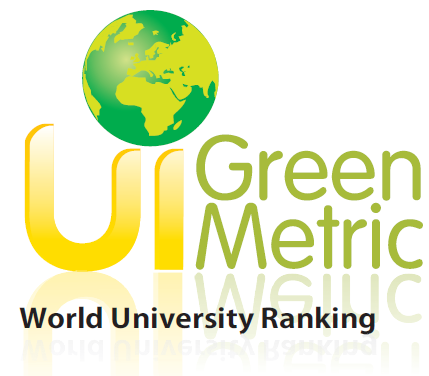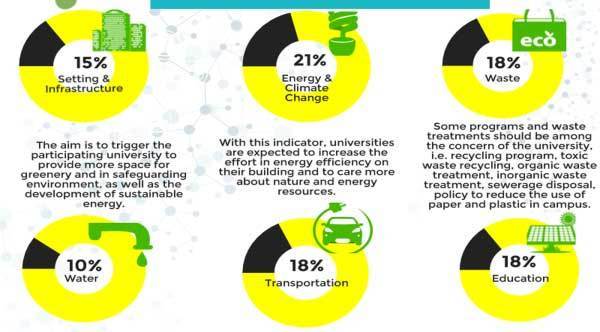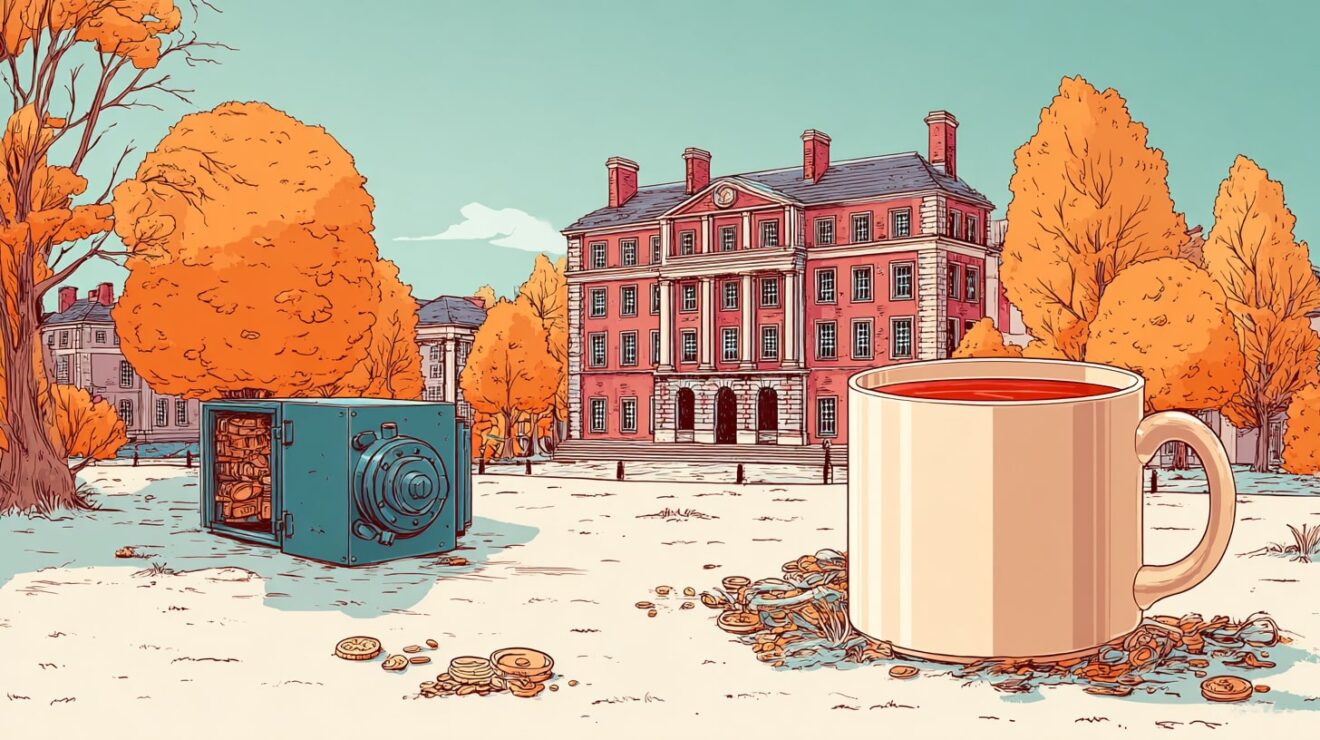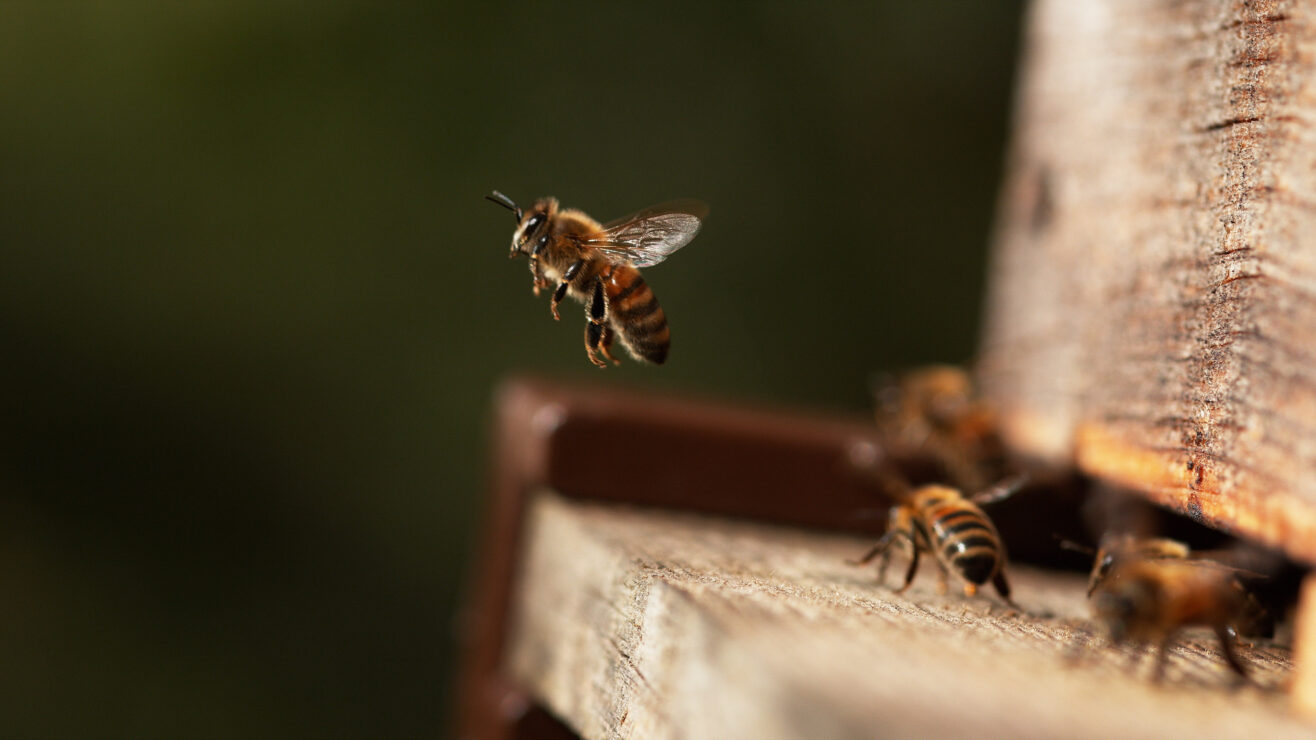This world university league table, which is a distinctly green one, first appeared in 2010 and was then headed by the University of California, Berkeley.

In 2016 the University of Nottingham held the top spot. And a year ago it was the turn of a different part of the University of California, UC Davis, with Nottingham slipping back to 2nd.
Now, for the first time, Wageningen University hits the dizzy heights of number 1. And it is something of a spectacular charge up the table for them having been in 32nd place back in 2016.The all new Green Christmas/Metric top 10 is as follows (last year in brackets):

The details of the table can be found at the UI GreenMetric site.The methodology can be summarised as follows (as difficult to understand as we have come to expect):
- The philosophy
We based our instrument on a broad philosophy that encompasses the three Es: Environment, Economics and Equity.- The criteria
We selected criteria that are generally considered to be of importance by universities concerned with sustainability. These include the collection of a basic information of the size of the university and its zoning profile, whether urban, suburban, or rural. Beyond this we would like to see the degree of green space. The next category of information concerns about electricity consumption because of its link to our carbon footprint. Then we want to know about transport, water usage, waste management and so on. Beyond these indicators, we would like to get a picture about how the university is responding to or dealing with the issues of sustainability through policies, actions, and communication.- Scoring
Scoring for each item will be numeric so that our data can be processed statistically. Scores will be simple counts of things, or responses on a scale of some sort.- The weighting of criteria
Each of the criteria will be categorised in a general class of information and when we process the results, the raw scores will be weighted to give a final calculation.
There is a comprehensive breakdown of the criteria here but in summary it looks like this: 
Overall, it was a good result for UK institutions and Nottingham in particular, as well as for Bradford, Oxford, Nottingham Trent and Bangor, all of which will be popping their ethically sourced Prosecco corks at being in the top 10. Sussex, Newcastle and Keele universities can also feel at tad smug about their positioning in the top 20 too.
At the other end of the table everything is yet to go green for Uzhhorod National University, Politeknik Negeri Malang, Universidad Central de Nicaragua, Ivan Franko National University of Lviv and, propping up everyone else in 619th place, Universitas Muria Kudus.
The number of institutions participating this year remains substantial at over 600 and this league table continues to become better known. However, some questions do remain about the methodology, although it does look pretty robust alongside other domestic league tables of this flavour. There have been fewer big leaps and drops in this year’s top 20 which does suggest the methodology is settling down somewhat.
It is worth noting in the light of this recent ranking that Wageningen University appears to be a safe and secure 10m above sea level…














I would like to know how the University of Nottingham comes second, when, as a resident of Nottingham, I am plagued by the impact of their students on the city in terms of litter (alcohol and takeaway detritus strewn across our our streets after student nights out) and student inability to deal with their refuse so that it is heaped in mountains outside houses. Perhaps this award should take account of the impact of a university on its locality as well its campus when judging takes place.
great initiative by all the participating colleges and institutions.